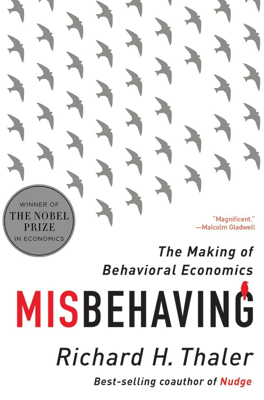Willpower? No Problem
Understanding Intertempal Choice and Self-Control in Economics
Historical Understanding of Self-Control: Economists like Adam Smith and William Stanley Jevons acknowledged self-control issues in economic behavior early on. Smith identified a tension between immediate passions and long-term interests, which he termed the struggle between "passions" and the "impartial spectator." Jevons noted that people tend to overly favor immediate gratification, a concept known as "myopia."
Modern Economic Models and Their Limitations: In the 20th century, economists like Irving Fisher and Paul Samuelson developed models that attempted to describe how people make decisions over time. Fisher introduced the idea that impatience is influenced by income levels, suggesting that poorer individuals exhibit greater impulsiveness. Samuelson formalized the concept of discounted utility, proposing that individuals value present consumption more highly than future consumption, but he acknowledged that this model might not accurately describe actual behavior due to varying personal discount rates.
Exponential vs. Hyperbolic Discounting: The standard economic model uses exponential discounting, where future values diminish at a consistent rate. However, real-world decisions often reflect hyperbolic discounting, where the perceived value of future events diminishes more steeply the closer they are to the present, leading to inconsistent and time-inconsistent preferences. This inconsistency implies that preferences can change over time, leading to decisions that do not always align with long-term interests.
Implications on Economic Models: The discrepancy between traditional economic models (which assume rational, consistent decision-making) and observed behaviors (which exhibit time inconsistency and varying discount rates) suggests that these models may not adequately capture human behavior. This gap highlights the need for economic theories that consider the psychological and behavioral aspects of decision-making, particularly relating to self-control and intertemporal choice.
Revisiting Consumption Function Models: Different economists have suggested various models to explain how households manage consumption and savings over time. Keynes suggested that households tend to spend a fixed proportion of incremental income, whereas Friedman and Modigliani proposed more sophisticated models that account for income smoothing over longer periods. However, these models often assume a level of foresight and self-control that may not be realistic for all individuals, particularly when considering the variability in human behavior driven by different socioeconomic backgrounds and personal circumstances.
Behavioral Life-Cycle Hypothesis: To address some of these limitations, a behavioral life-cycle model was proposed, incorporating elements of mental accounting and recognizing that wealth is perceived differently depending on its source (e.g., lottery winnings vs. retirement savings). This model suggests that consumption patterns cannot be fully understood without considering the psychological factors that influence how people categorize and intend to use their wealth.
These observations emphasize the importance of integrating behavioral insights into economic theories to better understand and predict human economic behaviors, particularly in the context of savings, consumption, and investment decisions.
